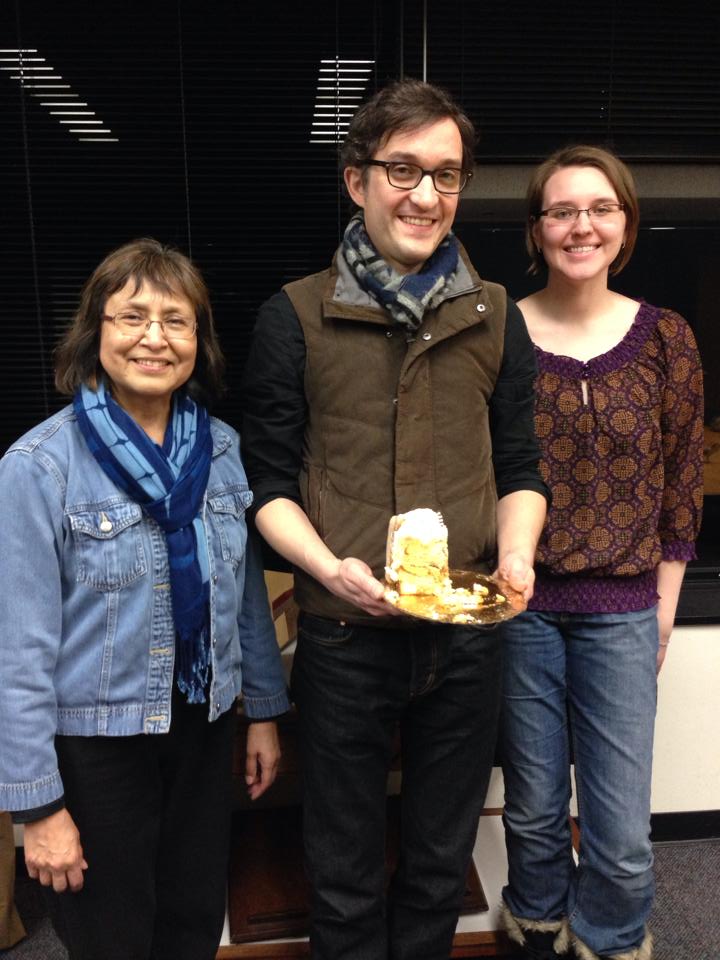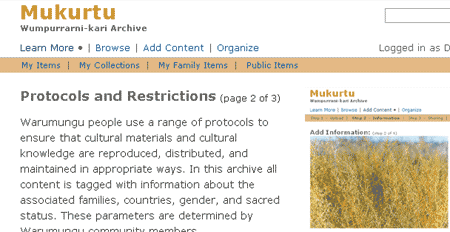The word “archives” stems from the Greek word for the “home of the Archon”, or the dwelling in which important state documents were kept and interpreted. Though many centuries have passed and archival science has certainly developed since the time of ancient Greece, the basic principles of archives still hold fast to the Western concepts of organization, hierarchical institutions and access for all.
So, where does oral tradition fit into the picture? What about access to culturally sensitive materials?

Thinking about trying to fit Native American knowledge into the Western structure of traditional archives is not a new problem, as our class discovered last Thursday. Our “guest” lecturer (and past TLAM instructor) Omar Poler shared his personal and familial experience concerning the archival problems Native American’s have faced. Omar stressed the importance of Tribal Archives in the revitalization not only of language, but also of connections to family members, communities and the identities they form.
Sometimes, however, these valuable community resources are not located within the community, but at a far away archival institution, which creates not only problems of access, but of ownership, another prevalent issue in tribal archives. This creates a gap between tribal material and/or knowledge and the people who know the proper level of treatment, ceremony or restriction said material should receive.
In addition to the problems surrounding access of culturally sensitive material, like a story that is only meant to be told at a certain time of year, many traditional archives lean toward collecting written work while many indigenous or native people communicate orally, or through song and dance.
One solution to the problem of culturally sensitive material and traditional knowledge is an online tool called Mukurtu, which means “Dilly Bag” in Warumungu. Unlike traditional archives, Mukurtu allows collections of cultural material (written work, photographs, videos of ceremonial dances etc.) to be displayed in a way that limits or grants access based on the creator of the collection’s cultural norms.

The only way to truly solve the problems surrounding tribal archives is for Native communities and traditional archives to work together, respecting and accommodating the others point of view, like Kim Lawson of the Heiltsuk Nation so eloquently puts it below.
“We’re not looking at an issue paper by paper or record group by record group. It’s a whole system of a way of life. Our knowledge systems don’t make sense without spirituality. We are asking for respect for a system of knowledge.”
Thank you Omar, for your educational and insightful lecture!
-Emily Swenson
